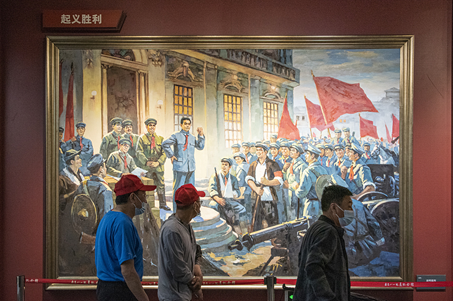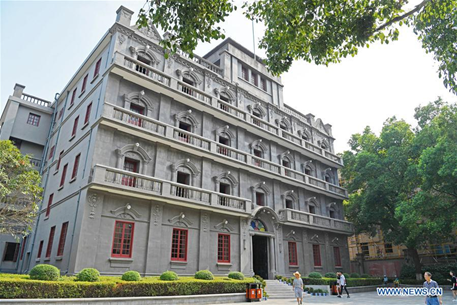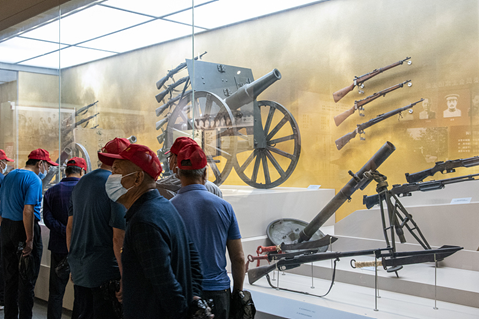
China's Army Day, which falls on Aug. 1 every year to celebrate the founding of the Chinese People’s Liberation Army, is derived from the Nanchang Uprising of 1927.
The Nanchang Uprising, also referred to as the August 1 Uprising, was an armed resistance which occurred on Aug. 1, 1927, in the city of Nanchang, Jiangxi province, when forces rose up in response to anti-communist purges by the Kuomintang (KMT).
The troops in the uprising were under the leadership of Communist Party of China (CPC) members Zhou Enlai, Ye Ting, Zhu De, Liu Bocheng, and He Long, who joined the Party after the event, among others.
The uprising started at 2 a.m. on Aug. 1. After more than four hours of fierce fighting, the city was successfully occupied.

Wang Jingwei then ordered KMT generals Zhang Fakui and Zhu Peide to attack Nanchang and reclaim the city. Facing the counterattack, the CPC forces withdrew on Aug. 3 to look for reinforcements and foreign aid. Finally, part of the uprising forces led by Zhu De and Chen Yi arrived at the Jinggangshan revolutionary base area and joined the Autumn Harvest Uprising forces led by Mao Zedong.
The Nanchang Uprising is considered the "first shot" in the armed resistance against the KMT reactionaries by the CPC, lifting the curtain for the CPC to independently lead the armed struggle and create a revolutionary army. It also marked the birth of a new armed force independently led by the CPC.
